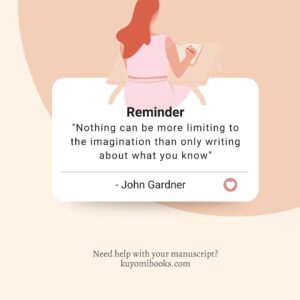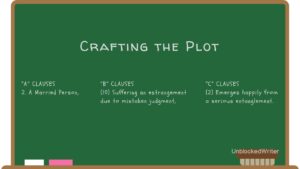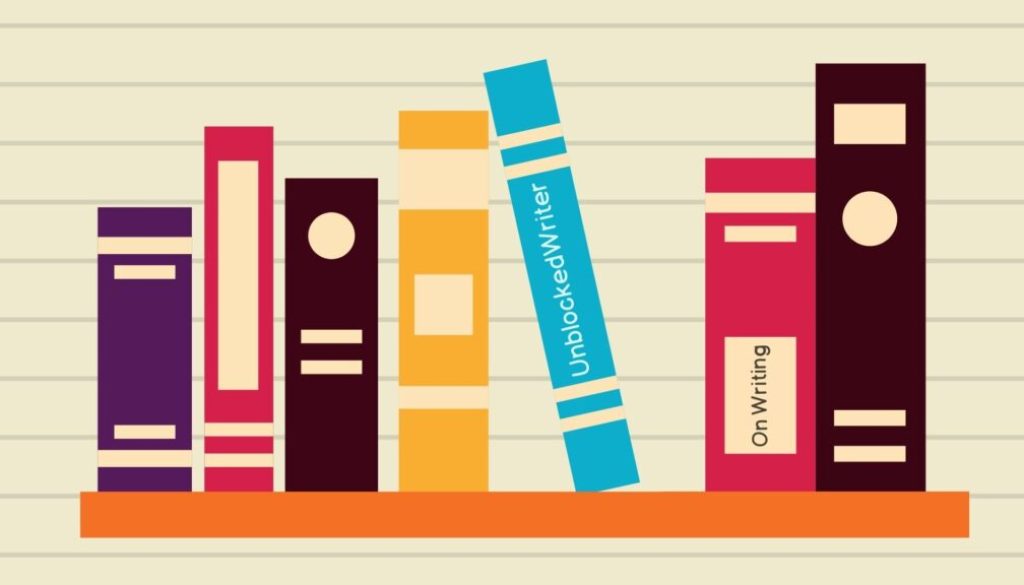7 Must Read Books On Writing
Learning to write well is an ongoing process. In this blog, I share 6 must read books on writing. Some of these books have been around for ages, others, not as long. Either way, they’re good books. I hope you’ll pick up one or two of them.
When it comes to books on writing, I read them to learn ways to improve my work. For me, most books about how to write fall short. There are literally hundreds, if not thousands of books on the subject out there. I’m sure there’s a flavor for all of us. Here are the books that resonate with me.
The Captains of Books on Writing
1. The Elements of Style by William Strunk is on everyone’s list. It has been assigned reading in high school and college for decades. I read it so long ago. The things I remember stick around for all my writing. The main ones are:
- clear and concise
- no unnecessary words
- use active voice
- watch those loose sentences.
I don’t remember much more than that. You can get a free copy of the first edition from Project Gutenberg.
2. How to Speak and Write Clearly by John Delvin was published in 1910, a full eight years before Strunk’s The Elements of Style. It’s more comprehensive and represents what it means to write effectively. The book is probably number one on my list of books on writing to have in your library. No matter how well you write, reading this book will drop golden nuggets of style in your path. Pick them up to improve your writing. I’ve read the book a few times over the years. Every time I read it, something new pops out for me. Maybe I’ll read it again next year. Get it from Project Gutenberg.
It’s Academic
3. The Art of Fiction by John Gardner is considered by some, pompous. I disagree, certain parts were very academic and heady but they didn’t discourage me. Two parts were particularly helpful to me. First, his discussion of the one single most important, all time key factor to writing good stories is priceless. He explains how and why stories must have convincing human beings in them. It’s worth the read.
 The second helpful discussion is in chapter five where Gardner dives into Common Errors. It is perhaps the only chapter where he teaches the reader about the skill of writing. From him one can develop, improve or revisit sentence structure as a meaning units or series of syntactic slots. Having a sound understanding of the syntactic slots can improve a writer’s ability to craft great sentences. For a summary on sentence structure read How to Write Great Sentences.
The second helpful discussion is in chapter five where Gardner dives into Common Errors. It is perhaps the only chapter where he teaches the reader about the skill of writing. From him one can develop, improve or revisit sentence structure as a meaning units or series of syntactic slots. Having a sound understanding of the syntactic slots can improve a writer’s ability to craft great sentences. For a summary on sentence structure read How to Write Great Sentences.
4. Plotto: The Master Book of All Plots by William Wallace Cook is another oldie but goodie. It’s a simple setup. First learn how building a plot works. Then use the groups to construct a plot. I used this book when I first started writing short stories.
Plotto got me started. The book is very academic, but it’s worth the read.

When I work with writing students, I often suggest they use the Plotto method to come up with plots. It’s really as simple as:
The Masterplot formula: A Clause + B Clause + C Clause
The A Clause: Establishes the protagonist (in general terms)
The B Clause: Originates and continues the action
The C Clause: Continues and resolves the action
I’m not sure if this book is still under copyright but you can reference it here.
A Stage A Part From Books On Writing
5. The Art of Dramatic Writing by Lajos Egri was first published in 1946. Its themes are dated, but it is a great book. Some may also find the book challenging because it focus is on plays. To me, it’s worth the read to learn about conflict. In part three, Egri discusses static conflict, jumping conflict, foreshadowing and transition. His analysis gives insight into what it takes to make a story feel real, avoid bad endings and most of all illogical character actions or plot changes. After I read this book, I couldn’t help noticing conflict problems in books and movies.
Modern Books
6. Plot & Structure by James Scott Bell offers a comprehensive look at plot development. Each chapter focuses on some element of story plot. Use the book to learn how to develop plots. Reference the book to correct plot problems in your story. One of the most helpful tools in this book is the checklist in Appendix A; it covers critical plot points such as:
- Reminders of how to create Lead characters
- Tips for creating a “knockout” ending
- How to check your plot structure
- Plot ideas
Another valuable takeaway from this book is how to revise your manuscript. In that chapter, the author recommends that authors develop a read-through strategy. He provides a nice method. Check it out.
7. Writing Tools by Roy Peter Clark will get the aspiring writer off to a good start. For the seasoned writer it serves as a reminder of how to tick all the boxes in those important writing projects. You may not benefit from every tip, but one of the fifty-five tips is probably aimed right at you.
I could go on. But this list represents those books that have been most helpful to me as a writer.


